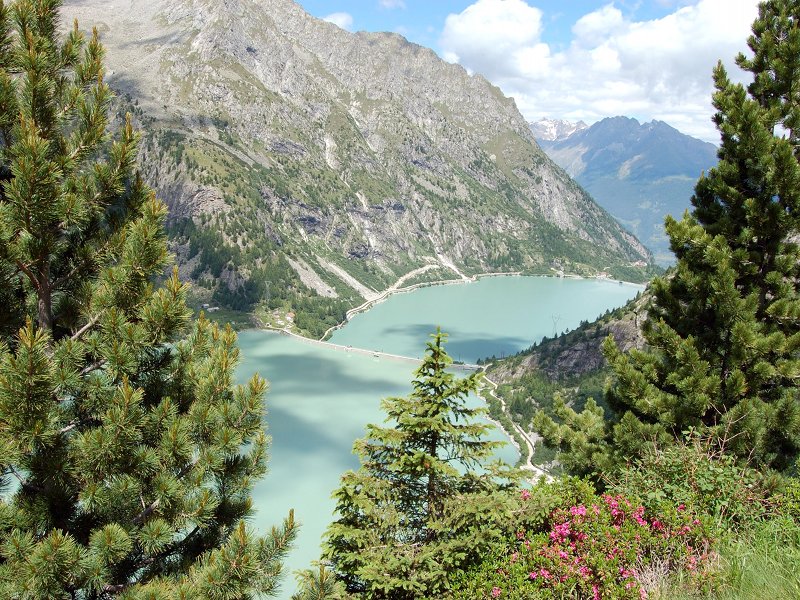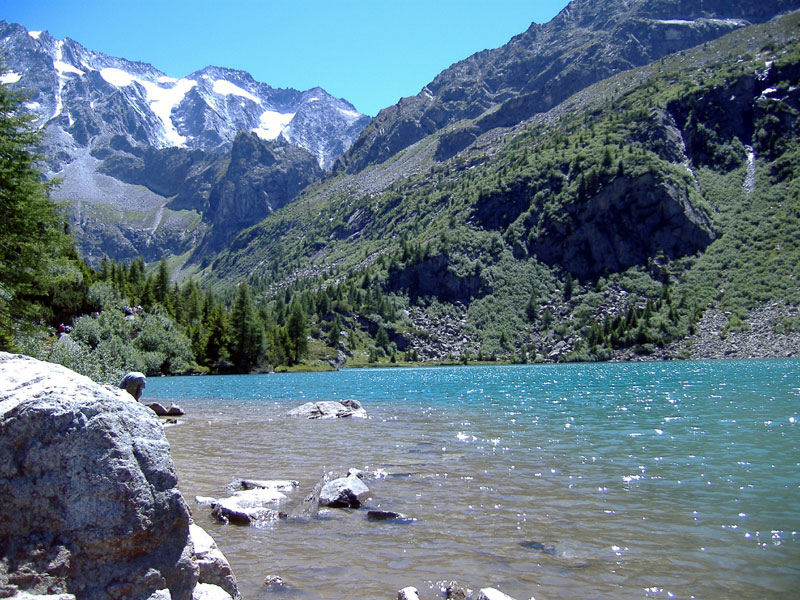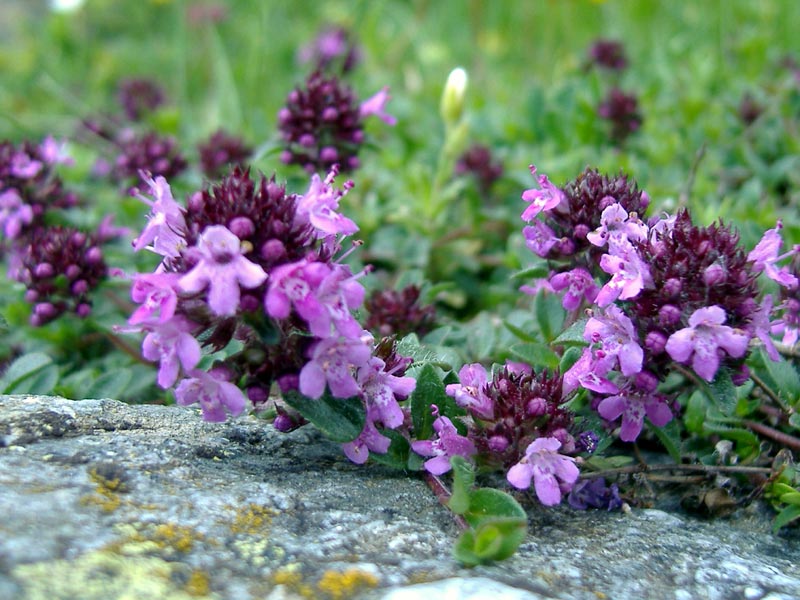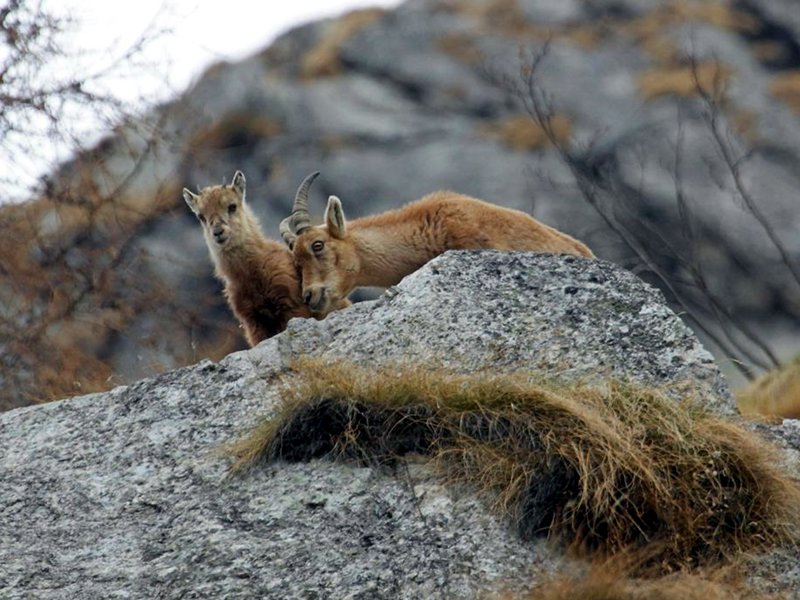Protected Area
Identity Card
- Adamello Regional Park:
- Land Surface Area: 50'935.00 ha
- Regions: Lombardia
- Provinces: Brescia
- Municipalities: Berzo Demo, Bienno, Braone, Breno, Cedegolo, Ceto, Cevo, Cimbergo, Edolo, Incudine, Malonno, Niardo, Paspardo, Ponte di Legno, Saviore dell'Adamello, Sonico, Temù, Vezza d'Oglio, Vione
- Establishment Measures: LR 79 16/09/1983
- PA Official List: EUAP0199
- Park Authority: Comunità Montana di Valle Camonica
- Further managed Protected Areas:
- ZPS Parco Naturale Adamello
- ZSC Belvedere - Tri Plane
- ZSC Cresta Monte Colombé e Cima Barbignaga
- ZSC Ghiacciaio dell'Adamello
- ZSC Lago di Pile
- ZSC Monte Marser - Corni di Bos
- ZSC Monte Piccolo - Monte Colmo
- ZSC Pascoli di Crocedomini - Alta Val Caffaro
- ZSC Piz Olda - Val Malga
- ZSC Pizzo Badile - Alta Val Zumella
- ZSC Torbiera La Goia
- ZSC Torbiere del Tonale
- ZSC Torbiere di Val Braone
- ZSC Val Rabbia e Val Galinera
- ZSC Vallone del Forcel Rosso
- ZSC Versanti dell'Avio
- Riserva MAB Valle Camonica - Alto Sebino
- Altimetry: h min 390m asl - h max 3,545m asl
A Park... in the Heart of the Alps
Adamello Park lies in the heart of the Alpine chain, in Alpi Retiche, and includes the whole slope of Adamello in Lombardy, an area situated in the north-eastern section of the province of Brescia.
It covers 51,000 hectares, from Tonale Pass to Crocedomini Pass; in the east, the Park borders with Lombardy and Trentino, in the west with the left bank of the river Oglio, the fifth Italian river for length.
The importance of Adamello Park is even greater for its position, since it works as a bridge between the two adjacent parks: in the east, Parco Adamello-Brenta in Trentino, in the north Parco dello Stelvio, which is adjacent of the Swiss Engadina National Park.
In this way, a protected area of 250,000 hectares has been established in the heart of Europe: it represents one of the largest and most fascinating protected areas of the Alps. Adamello lies in its southern point.
Geology
After millions of years of consolidation, the igneous magma took on
granite shapes like tonalite and granodiorite. The latter forms the
nucleus of the Group. Corno Baitone, Valli Miller, di Salarno, and
Adamé are formed by coarse-grained tonalite; Re di Castello, M.
Listino, Val di Stabio, etc. are made of fine-grained tonalite.
Intruding
first, and then cooling down and consolidating under the surface, the
igneous magma modified the most ancient rocks adjacent to it, in which
it intruded.
Pure limestones transformed into marbles, clayey
materials into rocks with chipping fractures or in crystal-like
formations containing accessory minerals like mica and garnet.
The
current shape of the mountains is mainly due to the millenary action of
the glaciers and the subsequent erosion phenomena produced by
atmospheric agents.
Flora and Vegetation
The total difference in height in the Park is over 3,000 meters (from 390m to 3,539m above sea level): such difference leads to the presence of considerable variations in the vegetable covering.
There are many Chestnut tree woods and mixed woods characterized by Alders, Maples, Hornbeams, Ash trees, Birches, Oaks, Cherry trees, etc. There are many and vast Spruce fir woods giving way to well-lit Larch woods at higher altitudes.
At even higher altitudes there is the strip of dwarf shrubs, mainly consisting of Green Alder, Willow, and Mugo Pine growing together with Rhododendron and Juniper.
At about 2,300 meters there are alpine grazing lands rich in Gentians, Pasque flowers, Saxifrages, Snowbells, and Edelweiss. It is also possible to find moss and lichens, extending also to the nival desert area characterized by Heywood, Glacier Crowfoot, some androsace and saxifrages. Among the endemic species, mainly characterizing the southern section of the Park, we should mention Primula daonensis, Campanula raineri, Cypripedium celceolus, Saxifraga vandellii, Linaria alpina.
Fauna
The Roe deer and Deer live in the broadleaf tree wood alternating with clearings. The Chamois lives beyond the limits of the arboreal vegetation in a few herds. Thanks to a very recent reintroduction, the Park is populated also by the Ibex. The reintroduction project regarding this ungulate gives today the opportunity to observe it in Val Malga di Sonico, Val Salarno, Valle Adamè, as well as in location Volano and Zumella.
In the Park territory, also other mammals live: the Alpine Hare, the Marmot, the Weasel, the Ermine, the Fox, the Stone Marten, the Squirrel, the Dormouse, the Hedgehog, the Alpine Shrew, and the Snow Vole. The Marten, Polecat, and Badger are rare.
The avifauna includes several species, in particular the Capercaillie, the Black Grouse, the Rock Partridge, the Ptarmigan, and the Golden Eagle.
In the watercourses and alpine lakes there are the Trout, the Arctic Char, and the Bullhead.
The wetlands are populated by Newts, Black and Fire Salamander, the Toad, and the European Common Frog.
Among the reptiles, there are the Common Viper, the Green Lizard, the Blindworm, and the Smooth Snake.










